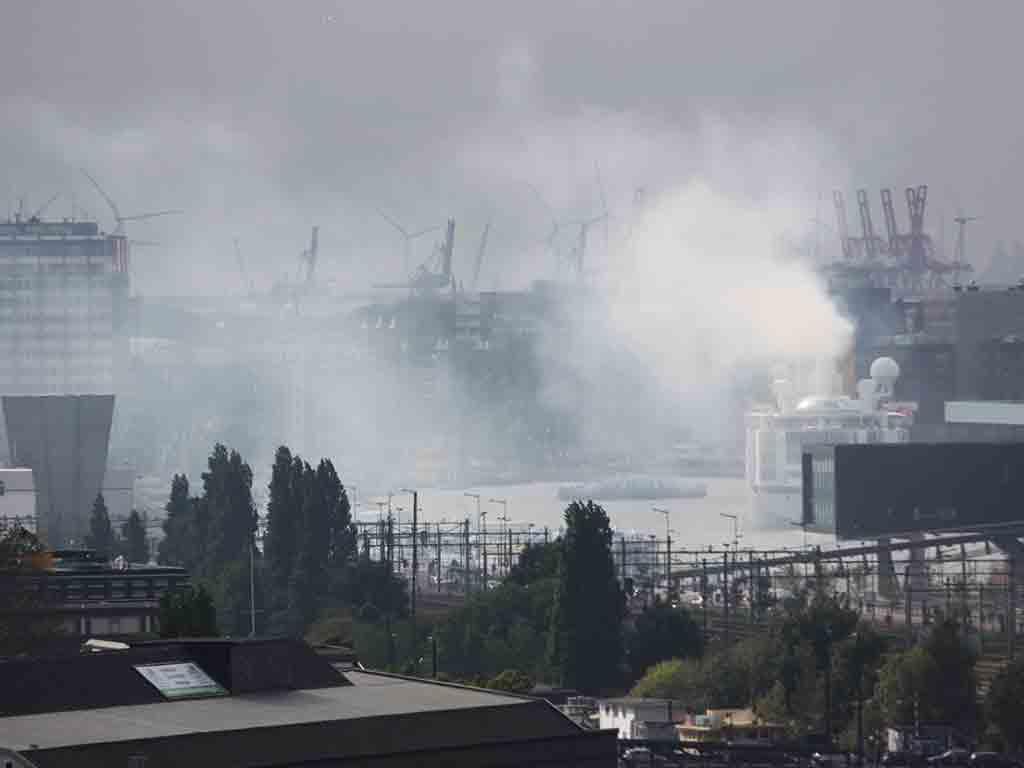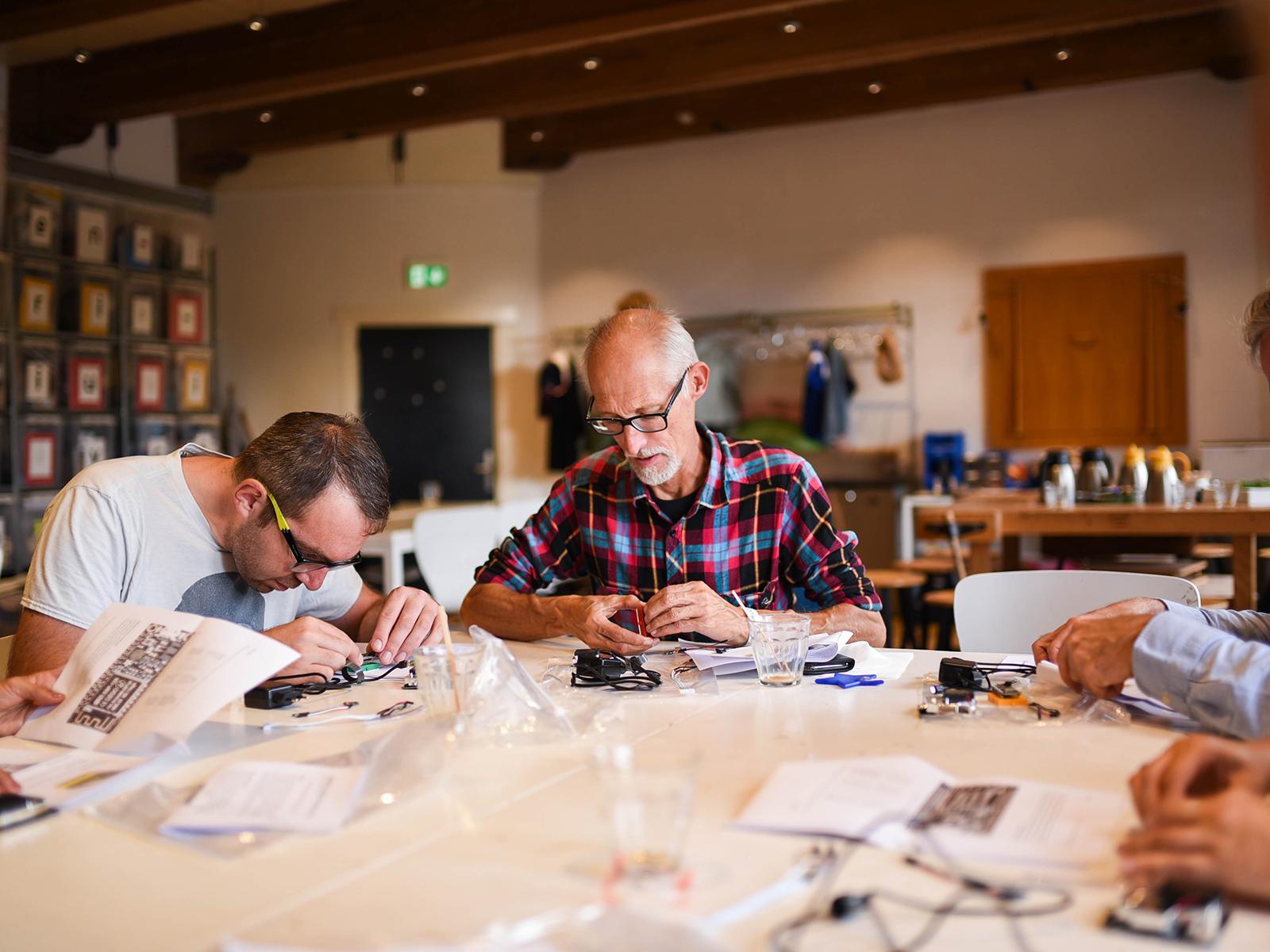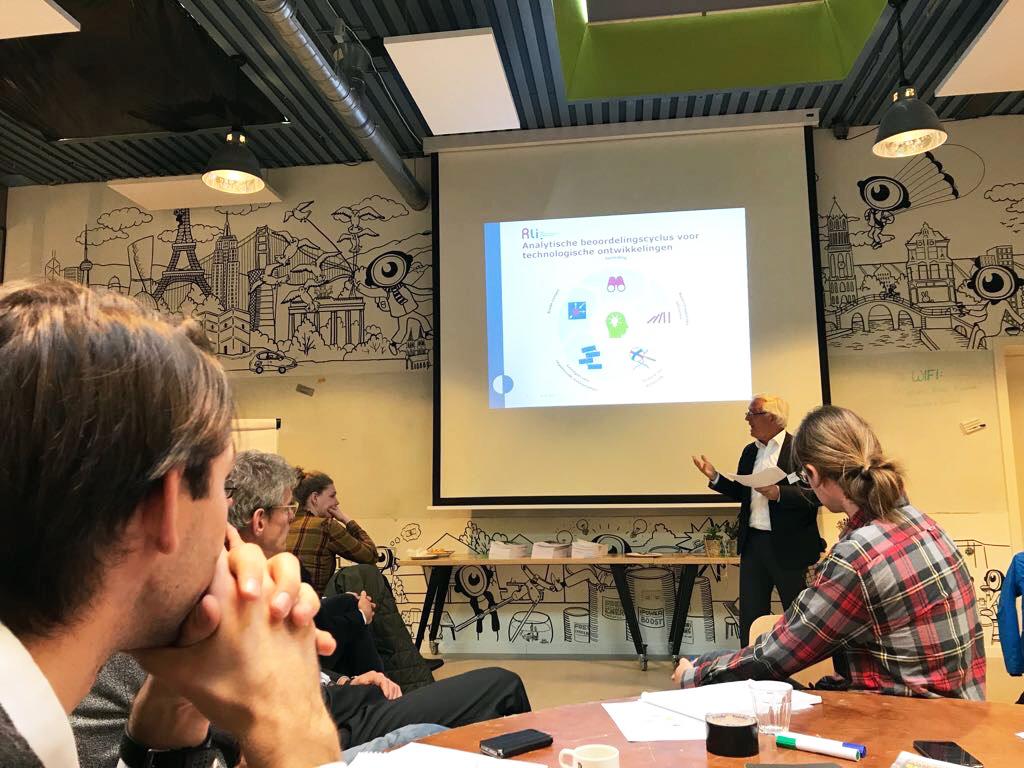Clever use of the media by environmental activist organisation 'Milieudefensie', to publish a report that the air quality in The Netherlands exceeds European limits first and then to announce on television later that day that they start a law case against the government. Maybe they are just as successful as Urgenda, who knows?
Interesting is the reaction of the government in this case. According to state secretary Sharon Dijksma (Infrastructure and Environment), data of the official organisation RIVM shows that only a few bottlenecks remain in the innercities. "To solve those I have made an action plan with the cities", she said. The question that always arises in these cases is: how?
In the example of the Valkenburgerstraat, in our pilot UrbanAirQ, we (and our partners) measure air quality at multiple places and with multiple sensors. So far, Milieudefensie measures at one spot (above a parking), at the Anne Frankstraat. They measures an average concentration nitrogen oxide of 45 microgram per m³, above the European norm of 40 microgram per m³.
This bottleneck is a wide street, with a lot of traffic. Unless you take away some lanes, or put the road underground (although this makes no difference in the quantity of toxic emissions, only the place they are released), not so much will change any time soon. So the solution has to come from banning heavily polluting vehicles, or reducing the traffic flow by taxing (like the city of Utrecht does). But exactly these kind of solutions are not the ones that our (national) government (and Amsterdam, so it seems) has in mind.
(Photo: air pollution by cruise ships in Amsterdam)


